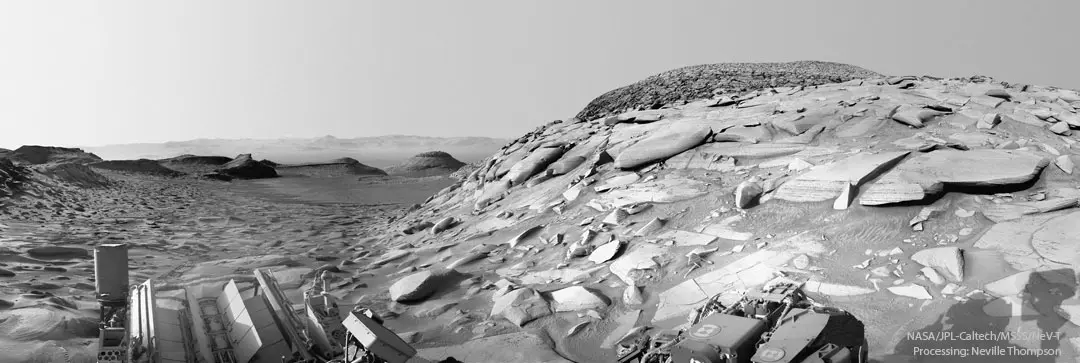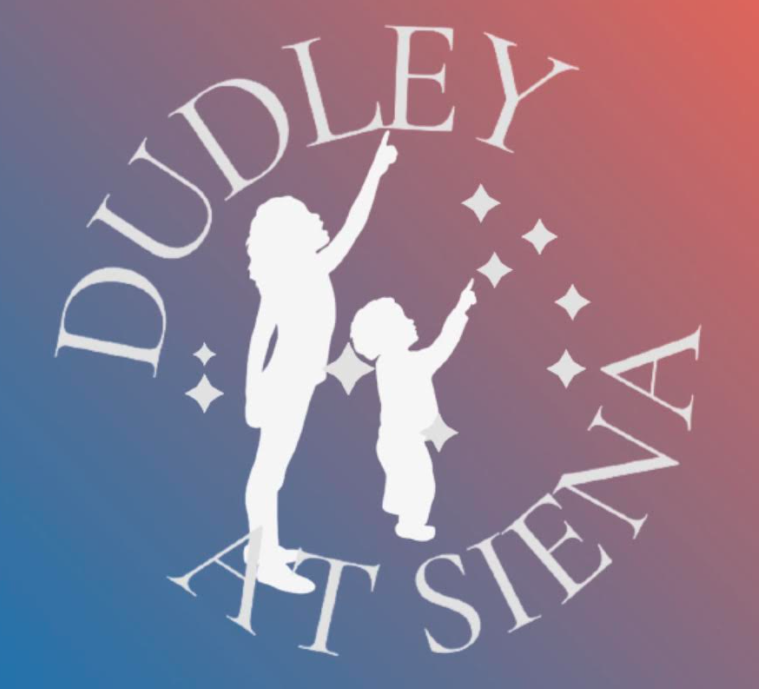Books about Dudley

The following is a listing of books & articles about Dudley Observatory or by Dudley staff.
Civic Astronomy : Albany’s Dudley Observatory, 1852-2002 by George Wise (Astrophysics and Space Science Library), Hardcover: 225 pages Publisher: Springer; 1 edition (December 20, 2004) ISBN: 1402026773
The founding of the Dudley Observatory at Albany, N.Y., in 1852 was a milestone in humanity’s age-old quest to understand the heavens. As the best equipped astronomical observatory in the U.S. led by the first American to hold a Ph.D. in astronomy, Benjamin Apthorp Gould Jr., the observatory helped pioneer world-class astronomy in America. It also proclaimed Albany’s status as a major national center of culture, knowledge and affluence. This book explores the story of the Dudley Observatory as a 150 year long episode in civic astronomy. The story ranges from a bitter civic controversy to a venture into space, from the banks of the Hudson River to the highlands of Argentina. It is a unique glimpse at a path not taken, a way of doing science once promising, now vanished. As discoveries by the Dudley Observatory’s astronomers, especially its second director Lewis Boss, made significant contributions to the modern vision of our Milky Way galaxy as a rotating spiral of more than a million stars, the advance of astronomy left that little observatory behind.
Elites in Conflict: The Antebellum Clash over the Dudley Observatory by Mary Ann James, Hardcover: 301 pages, Publisher: Rutgers University Press (December 1, 1987) ISBN: 081351245X
History of the Dudley Observatory, 1852-1956 by Benjamin Boss, Publisher: Dudley Observatory (1968), ASIN: B0006CHF5U
General Catalogue of 33,342 Stars for the Epoch 1950 (from the Introduction to the General Catalogue)
“The completion of the General Catalogue of 33342 Stars for the equinox 1950, by the Department of Meridian Astrometry of the Carnegie Institution of Washington with the cooperation of the Dudley Observatory at Albany, New York, brings to a close one of the largest astronomical enterprises ever undertaken by a single agency. Its objectives are threefold: first, to provide standard star positions the accuracy of which is limited only by the character and abundance of the observational material upon which they are based; second, to furnish proper motions through which the star position can be carried forward or backward from 1950 to any desired epoch; and third, by accomplishing the first and second objectives to provide a rich supply of data which will promote research in many astronomical fields.
The General Catalogue contains the standard positions and proper motions of all stars brighter than the seventh magnitude, extending from the north to the south pole, and some thousands of additional fainter stars promising to yield reasonably accurate proper motions.
This large project, initiated by Professor Lewis Boss, was under his direction until October 5, 1912. The writer, Benjamin Boss, assumed direction after that date and has now [1937] brought the enterprise to a conclusion.”
Preliminary General Catalogue of 6,188 Stars
As part of his planned program of determining the positions and proper motions of all stars brighter than the seventh magnitude, Lewis Boss compiled from existing material the precise positions of 6188 stars that had been accurately observed in the past. This catalogue was mainly compiled from existing star catalogues produced by 57 observatories, although to strengthen the determination of proper motions, 1112 stars were re-observed from Albany, and 1100 southern stars were observed by Sir David Gill, Astronomer Royal at the Cape of Good Hope in South Africa. By careful mathematical treatment of the data from many different sources, Boss was able to make a more accurate determination of the position of each star than even that obtained by even the most careful of the individual observers. The resulting Preliminary General Catalogue (often referred to as the P.G.C.) was published in 1910, and became for decades a standard reference used by astronomers studying star positions and proper motions.
1858 Specimens of the garbling of letters by the majority of the trustees of the Dudley observatory by Benjamin Apthorp Gould
1866 Description of the buildings and instruments (Annals of the Dudley Observatory) by G. W Hough
1882 Elements of comet Wells, 1882 by C. S Wells
1856 The uses of astronomy: A discourse delivered at Albany on the 28th of August, 1856, on occasion of the inauguration of the Dudley Observatory by Edward Everett
1866 Eulogy on the Hon. Charles E. Dudley (Annals of the Dudley Observatory) by Washington Hunt
A key to the “Trustee’s Statement”: Letters to the majority of the trustees of the Dudley observatory, showing the misrepresentations, garblings, and perversions of their mis-statement by George Hornell Thacher
1858 A letter to the majority of the trustees of the Dudley Observatory by Observer
1859 Reply to the “Statement of the trustees” of the Dudley Observatory, ([Pamphlets on the Dudley Observatory controversy) by Benjamin Apthorp Gould
1981 Astrophysical parameters for globular clusters: International Astronomical Union, Colloquium no. 68, held at Union College, Schenectady, New York, 7-10 October, 1981 (Dudley Observatory report)
1976 UBV color-magnitude diagrams of galactic globular clusters (Dudley Observatory reports) by A. G. Davis Philip
1975 A fast fourier transform spectrometer with applications in radio astronomy (Dudley Observatory reports; report) by Ivan R Linscott
1971 The Gould controversy at Dudley Observatory: Public and professional values in conflict by Richard G Olson
1968 Observations of solar eclipses using SR-71A type aircraft;: An informal conference held at the Dudley Observatory July 25-26, 1968 (Report) by Robert D Mercer
1871 Meteorological observations made at the Dudley Observatory, during a period of nine years, from 1862 to 1871: Including hourly automatic printed records … years (Annals of the Dudley Observatory) by G. W Hough
1858 Speeches of John N. Wilder: June 1858, before the Trustees, with resolutions of the Board, Thomas W. Olcott by John Nichols Wilder
